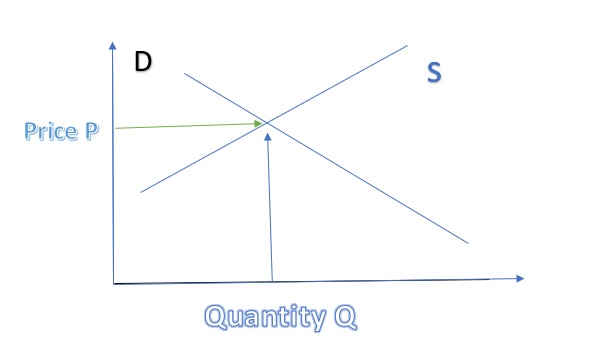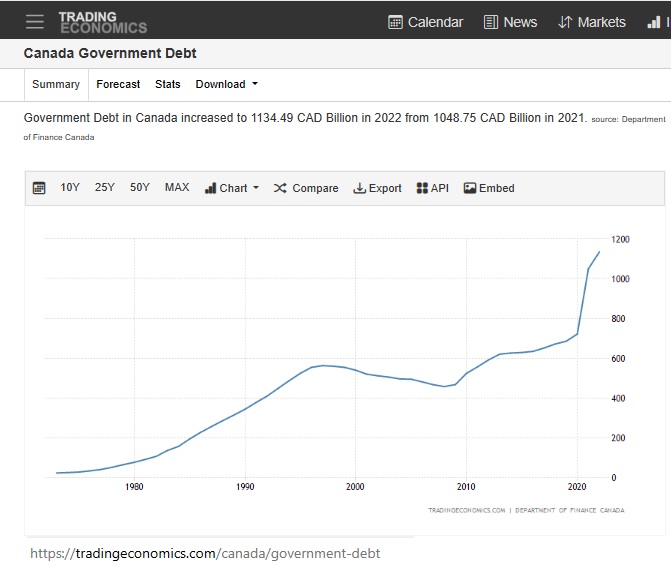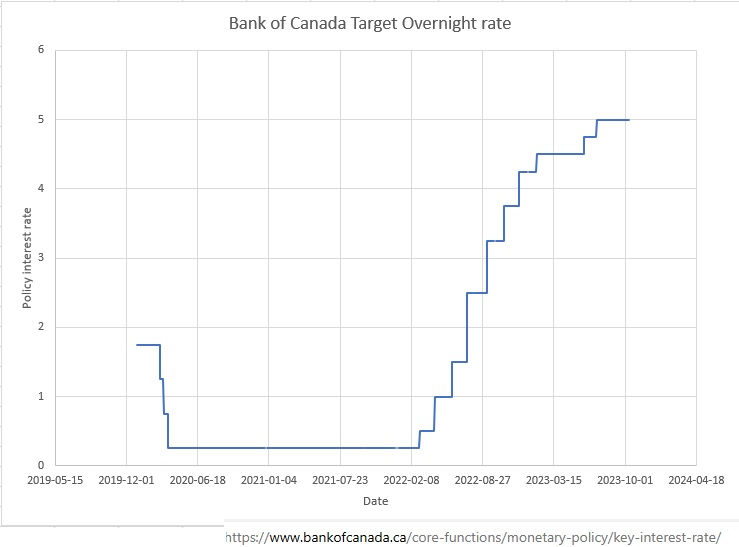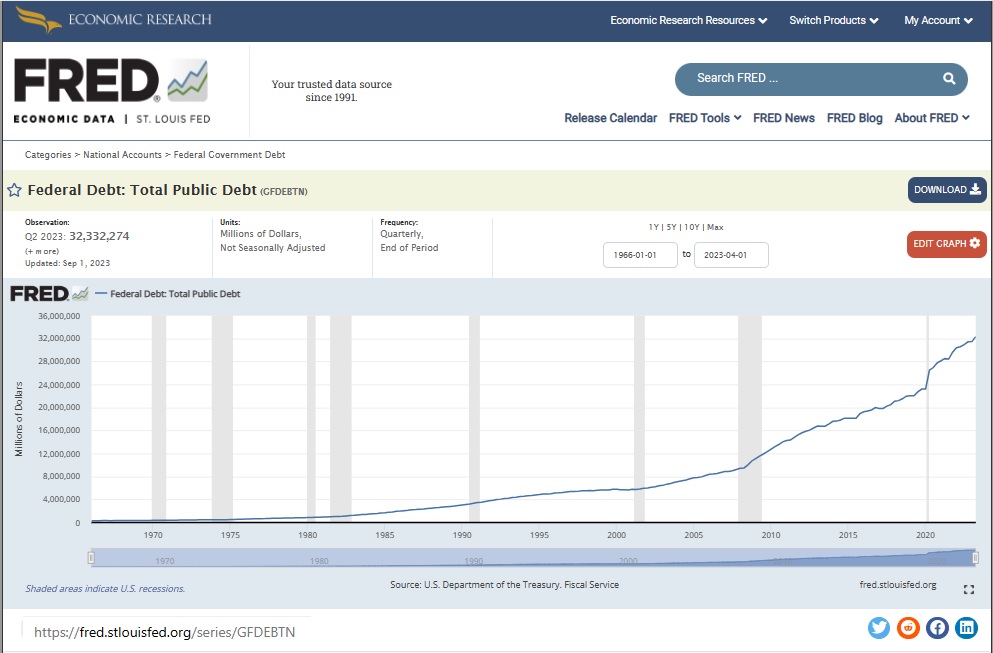Historiquement, comprendre les tendances et les cycles des taux d'intérêt n'était pas jugé essentiel pour les investisseurs en immobilier multifamilial. Après tout, les taux d'intérêt étaient en baisse constante depuis les années 1980. Cependant, avec le recul, cette complaisance pourrait avoir été légèrement malavisée.
Les investisseurs immobiliers, notamment ceux du secteur multifamilial, doivent désormais porter leur attention sur les changements macroéconomiques qui influencent les taux d'intérêt. Les décennies à venir pourraient très bien différer des tendances auxquelles nous étions habitués ces vingt dernières années.
On dit souvent que la vision du passé est 20/20. Bien que les événements antérieurs à 2010 ne soient pas l'objet de cette discussion, il est à noter qu'un simple coup d'œil à l'économie 101 révèle un principe fondamental : lorsque l'offre augmente, les prix n'augmentent que si la demande croît plus rapidement que l'offre.

Prenons, par exemple, la dette fédérale nationale du Canada. Depuis 2010, elle est passée de moins de 600 milliards de dollars à plus de 1,3 billion en octobre 2023. Une augmentation de plus de 100% de l'offre d'obligations aurait normalement entraîné des rendements plus élevés.
Pourtant, contrairement aux attentes, les taux d'intérêt pour ces obligations ont diminué pendant cette période. Pour mettre en contexte, le rendement des obligations à 5 ans au Canada, qui était de plus de 3% en 2010, a chuté à seulement 0,38% en octobre 2020. Cela a défié la sagesse conventionnelle et a simultanément conduit à une réduction des taux hypothécaires.
Quelle est la pertinence de ces développements pour les investisseurs immobiliers?
Considérons un scénario hypothétique où les taux hypothécaires à 5 ans pour les prêts multifamiliaux avaient un écart de 100 points de base par rapport au rendement obligataire. Un emprunteur entre 2010 et 2020 aurait pu constater une augmentation de sa capacité d'emprunt d'environ 46%, uniquement en raison de la baisse des taux hypothécaires de 4% à 1,4%, en supposant que la valeur de la propriété et le revenu net restaient constants.
Cependant, les dynamiques ont radicalement changé après 2020. La Banque du Canada, suivant les démarches entreprises par ses homologues mondiaux comme la Réserve fédérale américaine, a entamé un cycle de hausse des taux, augmentant le taux directeur de seulement 0,25% à un impressionnant 5% en juillet 2023. La raison avancée? Lutter contre l'inflation. Bien que les banques centrales manœuvrent les taux à court terme, les rendements obligataires à long terme, comme les bons du Trésor américain ou les obligations d'épargne du Canada à 5 ans, sont déterminés par les marchés obligataires.
Avec une dette nationale américaine de plus de 32 billions de dollars et celle du Canada de 1,3 billion au T2 2023, une dépense fiscale non maîtrisée projette une ombre sur l'avenir. Si cette trajectoire se poursuit, un retour à des taux d'intérêt plus bas semble peu probable, notamment avec l'inondation anticipée des marchés obligataires due aux émissions gouvernementales.
Alors, comment les investisseurs immobiliers doivent-ils naviguer sur ce nouveau terrain?
Le principal déterminant de la valeur immobilière dans ce nouveau paradigme sera le revenu d'exploitation net. Auparavant, la simple possession d'un bien et des taux d'intérêt et de capitalisation favorables garantissaient une appréciation. Cependant, dans une ère de taux d'intérêt croissants, si le revenu d'exploitation net d'un bien ne progresse pas au même rythme que la hausse des taux d'intérêt, sa valeur diminuera inévitablement. Ce changement fondamental exige une recalibration des stratégies pour tous les acteurs du secteur de l'investissement immobilier.





